1080 Examples Of What On A Camcorder ?
On a camcorder, 1080 refers to the resolution of the video being recorded. It represents the number of horizontal lines that make up the video image, with 1080 lines being displayed vertically. This resolution is commonly known as Full HD or 1080p. It is a standard high-definition video format that provides a clear and detailed image. Many modern camcorders, as well as other devices like smartphones and digital cameras, offer the option to record videos in 1080 resolution. This allows for high-quality video capture, suitable for various purposes such as home videos, vlogging, filmmaking, and more.
1、 Resolution options (e.g., 1080p, 1080i, 720p)
Resolution options on a camcorder refer to the different levels of image quality and clarity that can be captured and recorded. One common resolution option is 1080p, which stands for 1080 progressive scan lines. This resolution provides a high-definition image with a resolution of 1920x1080 pixels. It is widely used in modern camcorders and offers excellent detail and sharpness.
Another resolution option is 1080i, which stands for 1080 interlaced scan lines. This resolution also has a resolution of 1920x1080 pixels but uses an interlaced scanning method. Interlaced scanning alternates between odd and even lines, resulting in a slightly different visual experience compared to progressive scanning. However, the difference between 1080p and 1080i is often negligible to the human eye.
Additionally, camcorders may offer a resolution option of 720p, which stands for 720 progressive scan lines. This resolution has a lower pixel count of 1280x720 but still provides a high-definition image. It is commonly used for online streaming, video sharing platforms, and lower-budget productions.
It is worth noting that with the advancement of technology, higher resolution options have emerged, such as 4K and even 8K. These resolutions offer even greater detail and clarity, but they may not be as widely available on all camcorders.
In conclusion, resolution options on a camcorder, such as 1080p, 1080i, and 720p, determine the level of image quality and clarity that can be captured. While 1080p is the most common and widely used option, higher resolutions like 4K and 8K are becoming more prevalent as technology progresses.
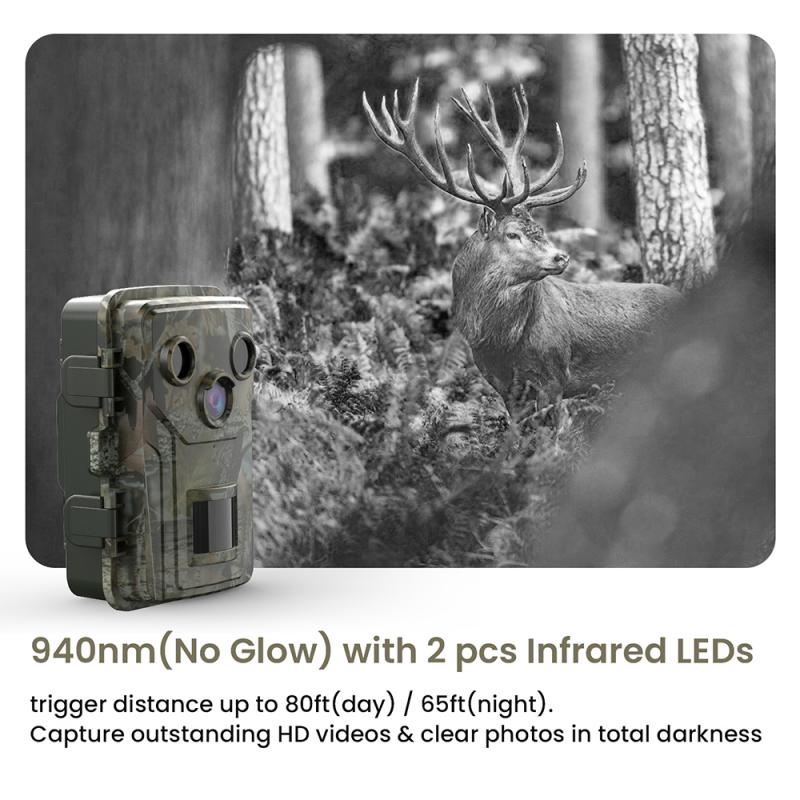
2、 Frame rate settings (e.g., 30fps, 60fps)
1080 examples of what on a camcorder include frame rate settings. Frame rate refers to the number of frames captured per second in a video. The most common frame rates for consumer camcorders are 30 frames per second (fps) and 60 fps.
The choice of frame rate depends on the desired look and feel of the video. A higher frame rate, such as 60 fps, provides smoother motion and is ideal for capturing fast-paced action or sports footage. It can also be useful for creating slow-motion effects in post-production. On the other hand, a lower frame rate, like 30 fps, is more commonly used for general video recording, interviews, or vlogs.
In recent years, there has been a growing trend towards higher frame rates, with some camcorders offering options like 120 fps or even 240 fps. These higher frame rates are particularly popular among filmmakers and videographers who want to achieve ultra-smooth slow-motion effects. They allow for capturing every detail of fast-moving subjects, such as water splashes or sports plays, and then playing them back in stunning slow motion.
However, it's important to note that higher frame rates require more processing power and storage space. Additionally, not all playback devices or platforms support these higher frame rates, so it's essential to consider the intended audience and distribution platform when choosing frame rate settings.
In conclusion, frame rate settings are an essential feature on a camcorder, allowing users to control the smoothness and overall look of their videos. Whether it's capturing everyday moments or creating cinematic slow-motion shots, the choice of frame rate can greatly impact the final result.
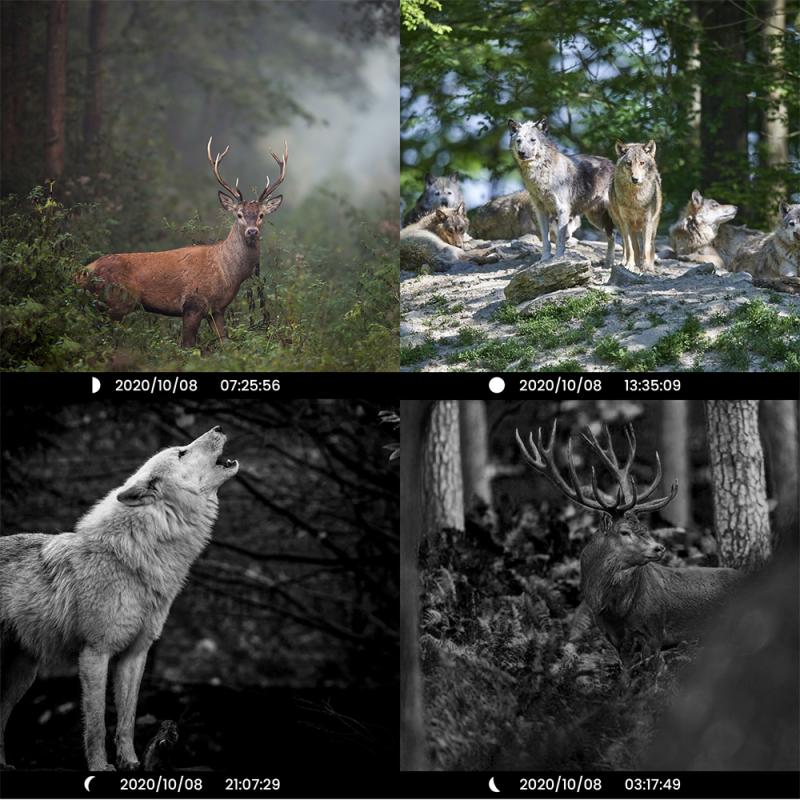
3、 Video compression formats (e.g., H.264, AVCHD)
1080 examples of what on a camcorder would be video compression formats such as H.264 and AVCHD. These formats are widely used in modern camcorders to efficiently store and transmit high-quality video footage.
H.264, also known as Advanced Video Coding (AVC), is a popular video compression format that offers excellent video quality while minimizing file size. It is widely supported by various devices and platforms, making it a versatile choice for recording and sharing videos. H.264 is known for its efficient compression algorithm, which reduces the amount of data needed to represent the video without significant loss in quality. This allows users to capture high-definition footage without consuming excessive storage space.
AVCHD (Advanced Video Coding High Definition) is another commonly used video compression format found in camcorders. It is specifically designed for high-definition video recording and playback. AVCHD utilizes the H.264 codec to compress video data, resulting in high-quality footage with relatively small file sizes. This format is often used in professional and consumer-grade camcorders, providing users with the ability to capture and store high-definition videos efficiently.
Both H.264 and AVCHD have become industry standards for video compression due to their ability to balance video quality and file size. They allow users to record and store high-definition videos without sacrificing too much storage space or compromising on visual fidelity. As technology advances, new video compression formats may emerge, but H.264 and AVCHD remain widely used and supported in the current camcorder market.

4、 Image stabilization techniques (e.g., optical, electronic)
Image stabilization techniques on a camcorder are crucial for capturing smooth and steady footage, especially in situations where there is camera movement or shaky hands. There are two main types of image stabilization techniques: optical and electronic.
Optical image stabilization (OIS) is a technique that physically adjusts the lens elements to counteract camera shake. It uses gyroscopic sensors to detect movement and then moves the lens elements accordingly to compensate for the shake. This technique is highly effective in reducing blur and maintaining image quality. OIS is particularly useful when shooting handheld or in low-light conditions, as it allows for longer exposure times without sacrificing sharpness.
Electronic image stabilization (EIS), on the other hand, relies on software algorithms to compensate for camera shake. It analyzes the video frames in real-time and applies digital corrections to counteract the movement. EIS is commonly found in smartphones and action cameras, as it is a more cost-effective solution compared to OIS. However, it may result in a slight loss of image quality due to the digital processing.
In recent years, there have been advancements in image stabilization techniques. Some camcorders now offer a combination of both optical and electronic stabilization, known as hybrid image stabilization. This hybrid approach provides the benefits of both techniques, resulting in even smoother and more stable footage.
Furthermore, manufacturers are incorporating advanced algorithms and artificial intelligence into image stabilization systems. These intelligent stabilization systems can predict and compensate for camera movement more accurately, resulting in improved stabilization performance.
Overall, image stabilization techniques on camcorders have come a long way, providing users with the ability to capture professional-looking videos even in challenging shooting conditions. Whether it's optical, electronic, or a hybrid approach, these techniques ensure that shaky footage becomes a thing of the past, allowing videographers to focus on their creativity and storytelling.
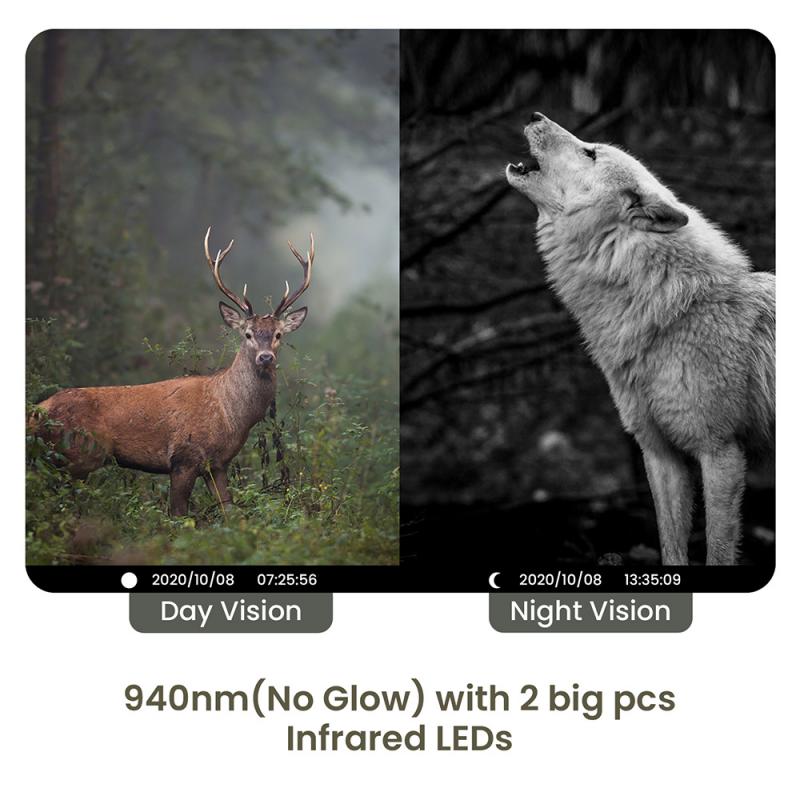





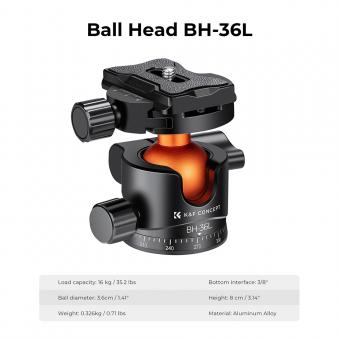


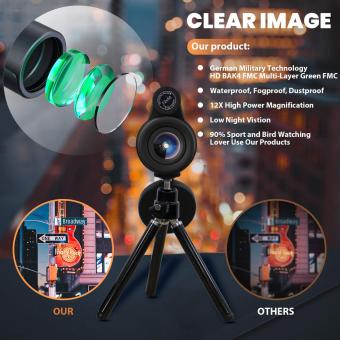


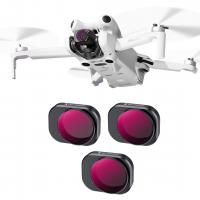

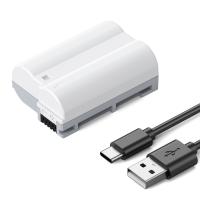



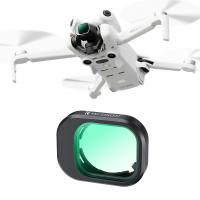

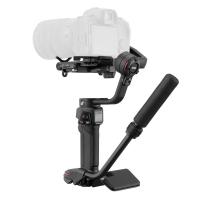

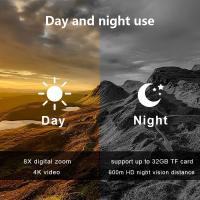
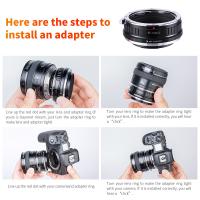



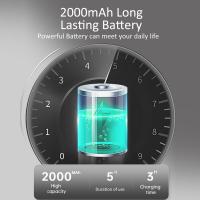
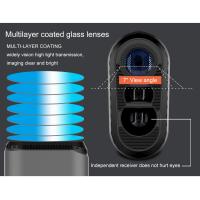

There are no comments for this blog.